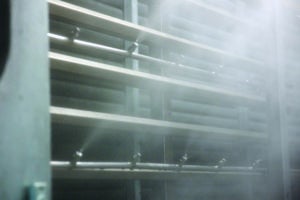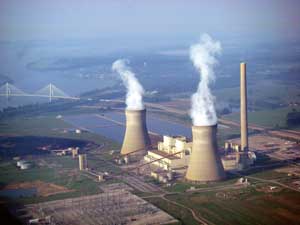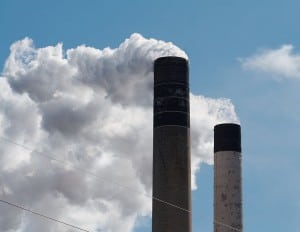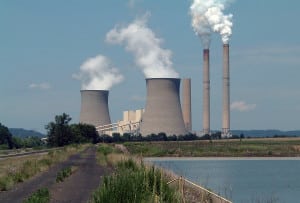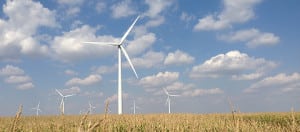emissions
-
Gas
Adding Fog for Power Augmentation and Emission Reduction
A pilot project was initiated by China’s largest energy provider to test the effectiveness of fog-based power augmentation for a gas turbine at a compressor station. The system provided a significant
Tagged in: -
News
BHP, Mitsubishi Partner on Emissions Reduction Technologies
BHP and Mitsubishi Development Pty (MDP) in late June signed a memorandum of understanding for joint research, development, and deployment of greenhouse gas emissions reduction technologies in several countries, including projects with battery storage, solar, and carbon capture and storage (CCS). The agreement, signed in Tokyo, Japan, on June 20, also calls for research into […]
-
News
AEP Will Close 1,300-MW Indiana Coal Unit
A federal judge in Ohio on July 18 approved American Electric Power’s (AEP’s) plan to close Unit 1 of its two-unit, 2,600-MW coal-fired Rockport Plant in Indiana. The modified consent decree approved by the U.S. District Court for the Southern District of Ohio on Thursday is the latest chapter in a long-running dispute among AEP, […]
-
News
Power Plant Emissions Down Substantially in U.S. Since 1990
Power plant SO2 and NOx emissions have decreased 92% and 84%, respectively, since Congress passed major amendments to the Clean Air Act in 1990. Meanwhile, mercury air emissions from power plants have decreased 90% since 2000, as federal limits on mercury and other hazardous air pollutants from coal-fired power plants went into effect in 2015. […]
-
News
Utility Group Under Congressional Investigation Will Disband
A utility industry coalition that has often challenged stricter air pollution and climate rules for power generation said it will dissolve. The Utility Air Regulatory Group (UARG), which has been under investigation from the House Energy and Commerce Committee due to its relationship with the Environmental Protection Agency’s (EPA’s) top air policy official and his […]
Tagged in: -
News
EPA to Retain Primary NAAQS for Sulfur Dioxide
The Environmental Protection Agency (EPA) will refrain from amending the National Ambient Air Quality Standards (NAAQS) for sulfur dioxide (SO2), retaining a 2010 rule, which it said adequately protects public health. The agency on Feb. 25 said in a notice that a periodically required review of the primary—or health-based—rule concluded no revision was necessary. The […]
-
O&M
Coal Plant Improves Combustion, Lowers Emissions, and Boosts Output
Coal power plants today must find ways to operate economically if they are to survive. Every area of cost reduction must be investigated. On the maintenance side, time savings must be sought—to reduce
-
News
Report: CO2 Emissions from Power Sector Rising
A new study from an economic research group shows that U.S. emissions of carbon dioxide (CO2) rose about 3.4% last year, including a 1.9% rise in emissions from power generation. The New York-based Rhodium Group, which released its findings on Jan. 8, said its study used data from the U.S. Energy Information Administration (EIA) and […]
Tagged in: -
News
EPA: Mercury Rules for Coal, Oil Power Units Not ‘Appropriate and Necessary’
Because compliance costs to coal- and oil-fired power plants for the Mercury and Air Toxics Standards (MATS) far exceed quantifiable benefits to regulating hazardous air pollutant (HAP) emissions, the Trump administration has proposed it is not “appropriate and necessary” to regulate HAP emissions from power plants under Section 112 of the Clean Air Act (CAA), […]
-
News
Xcel’s Latest Plan: Carbon-Free by 2050
Xcel Energy has announced its plan to move to 100% carbon-free power generation by 2050, with the utility also saying it will reduce carbon emissions by 80% by 2030, from 2005 levels. Xcel, headquartered in Minneapolis, Minnesota, serves customers in eight states and over the past two years has announced a significant number of renewable […]

